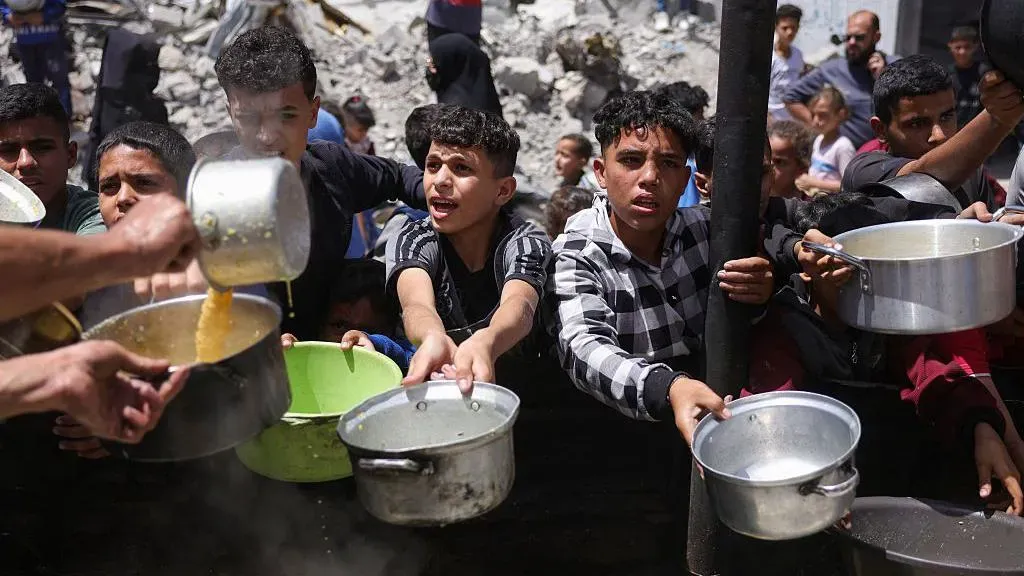
A newly launched aid initiative in the Gaza Strip has sparked intense criticism and concern from international humanitarian organizations, the United Nations, and many Palestinians on the ground. The operation, led by the Gaza Humanitarian Foundation (GHF), is being promoted as a more effective way to get aid into Gaza amid the ongoing war. However, the political affiliations and structure of the GHF have led to growing fears that humanitarian assistance is being turned into a tool of military and geopolitical control.
The GHF, established in early 2025 and registered in the United States, is backed by the Israeli government and reportedly receives support from American donors, including some aligned with former U.S. administration officials. According to its representatives, the group’s goal is to fill the gap left by delays and logistical bottlenecks affecting UN-led aid efforts. The GHF claims it can distribute essential supplies such as food, water, shelter materials, and medical aid to large portions of Gaza’s displaced population more quickly and securely.
However, critics argue that the group’s operations are anything but neutral. Humanitarian agencies, including several UN organizations, have voiced deep concern about the GHF’s close relationship with the Israeli military, which is said to monitor and support its activities. According to reports, some of the aid hubs operated by the foundation use facial recognition and other biometric technologies, allegedly to screen out individuals with suspected ties to Hamas. Aid groups warn that this not only undermines humanitarian neutrality, but could also further victimize civilians who are already suffering from extreme shortages and displacement.
The response from the international community has been overwhelmingly critical. UN Secretary-General António Guterres stated that the UN would not cooperate with any aid structure that fails to uphold basic humanitarian principles, including independence, impartiality, and non-discrimination. Guterres and other UN officials argue that attempts to replace or sideline traditional aid networks threaten to politicize life-saving assistance and could lead to large-scale exclusion of vulnerable populations.
The GHF faced another blow when its executive director, Jake Wood, resigned just days before the group began its operations in Gaza. Wood cited an inability to guarantee compliance with humanitarian norms, especially neutrality and transparency. His resignation added fuel to the criticism that the organization is more concerned with optics and control than with genuinely helping people on the ground.

Palestinians in Gaza have also expressed skepticism. Many view the GHF not as a benevolent force, but as a political mechanism designed to rebrand Israeli aid while avoiding accountability. These concerns have been echoed by aid workers inside Gaza, who warn that GHF’s operations could serve to normalize a situation of indefinite displacement and dependency while providing little real relief.
Even regional allies of Israel have taken a step back. The United Arab Emirates, for example, rejected an Israeli request to help fund the GHF initiative. Emirati officials reportedly stated that the plan lacks the necessary scope and neutrality to meaningfully address the crisis. The UAE has called instead for an immediate ceasefire and the restoration of independent humanitarian access across Gaza.
As of now, the GHF continues its operations under heavy scrutiny. It claims to have already delivered aid to significant numbers of people, but without independent verification, those numbers remain disputed. Meanwhile, traditional aid routes remain dangerously limited, and international pressure continues to mount for Israel to allow full access for neutral humanitarian agencies.
The controversy surrounding the GHF highlights the growing difficulty of maintaining humanitarian principles in modern conflict zones. As the situation in Gaza becomes increasingly desperate, the question remains: who will be allowed to help, and on whose terms?